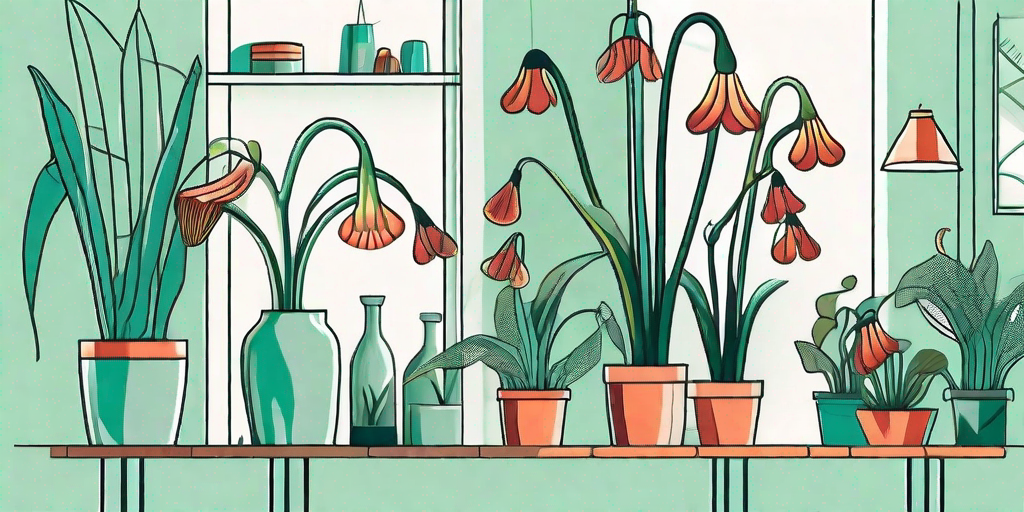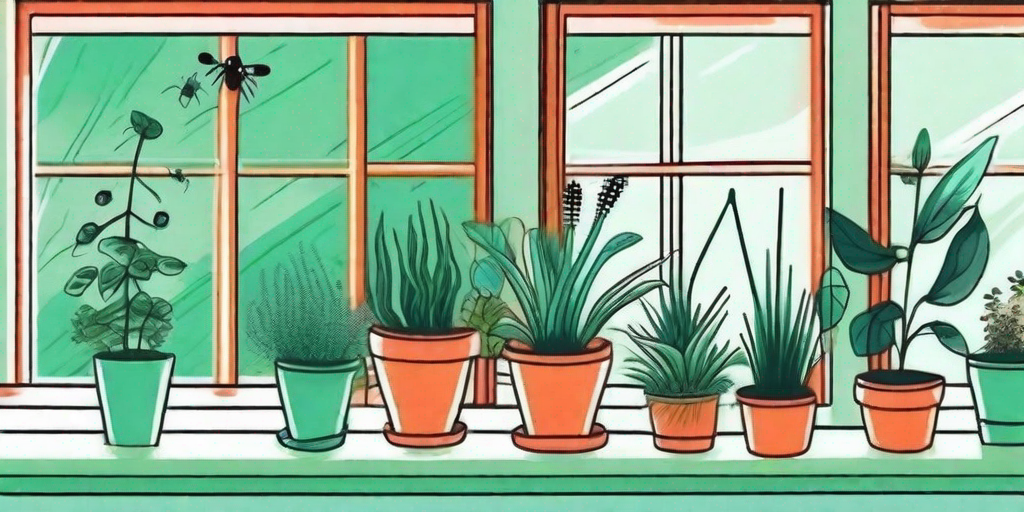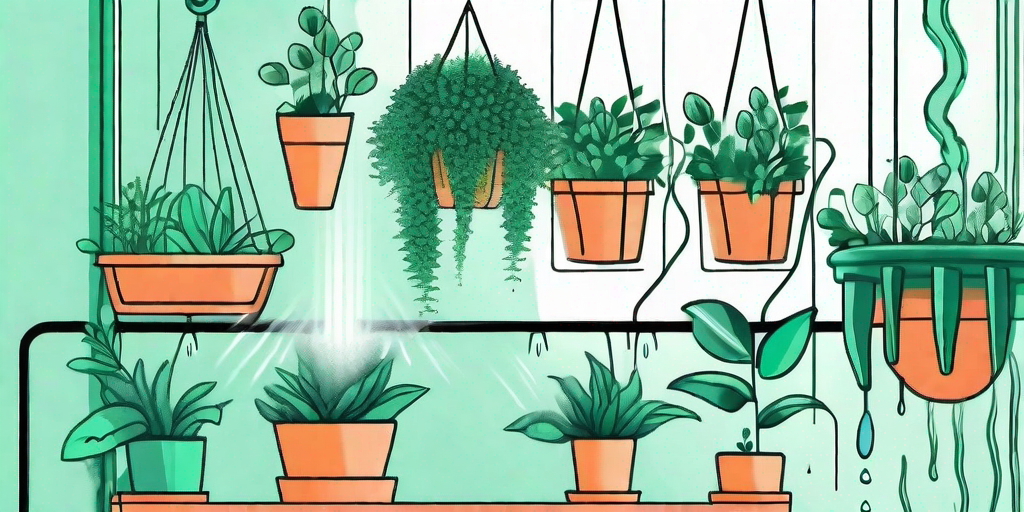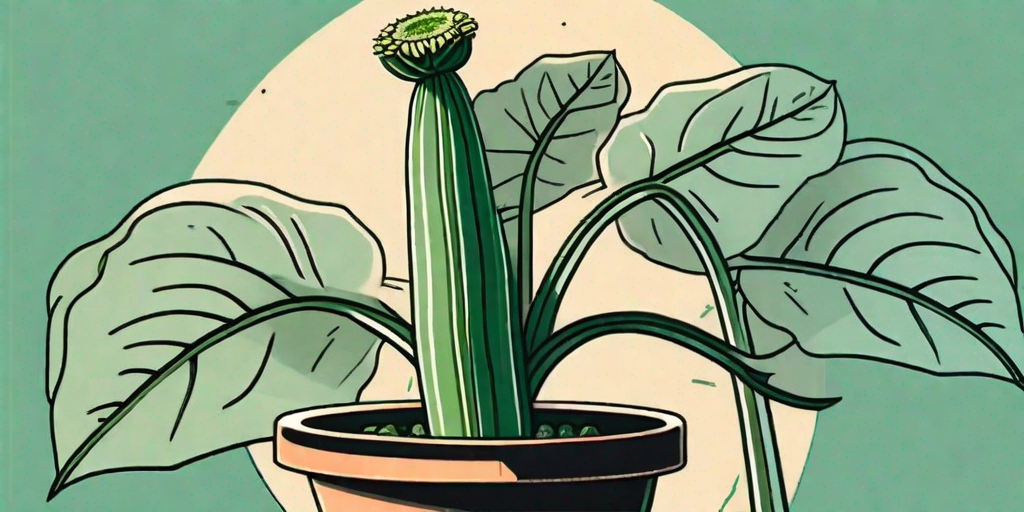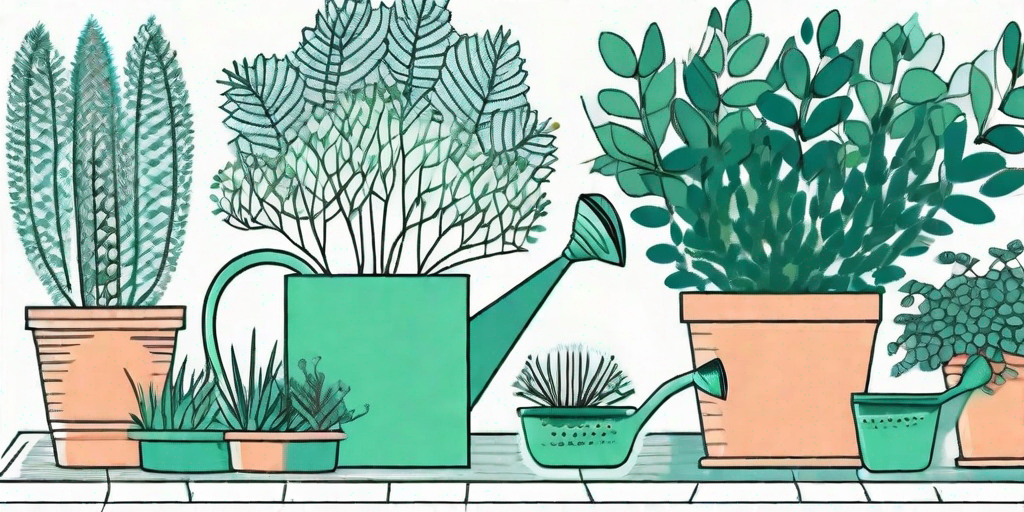
Welcome, green-thumbed enthusiasts and curious beginners alike! If you've found yourself here, you're likely the proud owner of a pitcher plant, or at least considering becoming one. These carnivorous critters are a fascinating addition to any home, but they do require a bit of TLC to truly flourish. Fear not, for this guide will walk you through all the ins and outs of pitcher plant care and maintenance. So, let's dive in, shall we?
Understanding Your Pitcher Plant
What is a Pitcher Plant?
Before we delve into the nitty-gritty of care and maintenance, let's take a moment to appreciate the marvel that is the pitcher plant. Named for their unique, pitcher-like shape, these plants are part of the Nepenthes genus. They're carnivorous, which means they trap and digest insects. But don't worry, they won't bite your fingers off. They're not that kind of carnivorous!
There are over 100 species of pitcher plants, each with its own unique characteristics. Some are small and dainty, while others can grow to be quite large. Regardless of the species, all pitcher plants share a common trait: they're a sight to behold. With their vibrant colors and unique shapes, they're sure to be a conversation starter in any home.
Why Choose a Pitcher Plant?
Aside from their striking appearance, pitcher plants offer a host of benefits. For one, they're a natural form of pest control. Say goodbye to pesky flies and mosquitoes! Plus, they're relatively low maintenance compared to other houseplants. They don't require constant watering or pruning, making them a great choice for busy plant parents.
Moreover, pitcher plants are a wonderful way to introduce a bit of the exotic into your home. They're native to tropical regions, so they can bring a touch of the tropics to your living room. And let's not forget the bragging rights that come with owning a carnivorous plant. It's not every day you meet someone with a plant that eats bugs for breakfast!
Caring for Your Pitcher Plant
Lighting and Temperature
Like any plant, pitcher plants need light to photosynthesize. However, they're not sun worshippers. Too much direct sunlight can scorch their leaves. Instead, they prefer bright, indirect light. A north-facing window is an ideal spot.
As for temperature, pitcher plants are quite adaptable. They can tolerate a range of temperatures, from 60 to 90 degrees Fahrenheit. However, they do prefer a bit of humidity. So, if you live in a dry climate, you might want to consider getting a humidifier.
Watering and Feeding
When it comes to watering, pitcher plants are a bit finicky. They prefer rainwater or distilled water, as tap water can contain minerals that are harmful to them. As a rule of thumb, keep the soil moist but not waterlogged. Overwatering can lead to root rot, which is a death sentence for any plant.
Feeding your pitcher plant is a bit of a misnomer. Remember, these are carnivorous plants. They get their nutrients from the insects they trap. So, unless you're dealing with a nutrient deficiency, there's no need to feed your pitcher plant. If you do notice a deficiency, a mild, low-nitrogen fertilizer can help.
Maintaining Your Pitcher Plant
Pruning and Repotting
Pruning your pitcher plant is a simple process. Simply remove any dead or dying leaves to keep the plant looking its best. Be sure to use clean, sharp scissors to avoid spreading disease.
Repotting your pitcher plant is a bit more involved. These plants prefer a loose, well-draining soil mix. A combination of sphagnum moss and perlite works well. When repotting, be careful not to damage the roots. And remember, pitcher plants like to be a bit root-bound, so don't choose a pot that's too big.
Dealing with Pests and Diseases
Despite their carnivorous nature, pitcher plants can fall victim to pests and diseases. Common culprits include aphids, spider mites, and fungal diseases. To prevent these issues, keep your plant in a well-ventilated area and avoid overwatering.
If you do notice pests or disease, act quickly. Remove any affected leaves and treat the plant with an appropriate pesticide or fungicide. Remember, prevention is the best cure!
FAQs
- Why is my pitcher plant not producing pitchers?
This could be due to a lack of humidity or inadequate lighting. Try moving your plant to a brighter location and increasing the humidity.
- Can I feed my pitcher plant meat?
While it's true that pitcher plants are carnivorous, they're not equipped to digest meat. Stick to insects, or let your plant catch its own food.
- How often should I water my pitcher plant?
This depends on the humidity and temperature of your home. As a rule of thumb, keep the soil moist but not waterlogged.
Conclusion
There you have it, folks! A comprehensive guide to caring for and maintaining your pitcher plant. With a bit of love and attention, your pitcher plant will thrive, providing you with a unique and fascinating addition to your home. So, what are you waiting for? Unleash the beauty of your pitcher plant today!
Remember, every plant is unique and may require slightly different care. So, pay attention to your plant's needs and adjust your care routine as necessary. Happy gardening!



